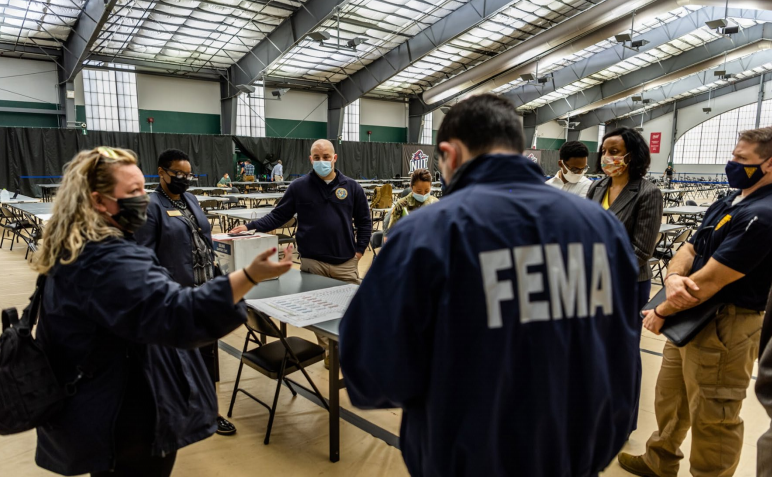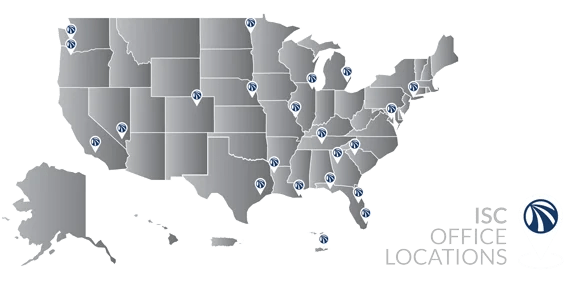Identifying and incorporating mitigation actions into the recovery process are the foundation of a truly effective community recovery process. Mitigation, as defined by FEMA, is any action taken to eliminate or reduce long-term risk to human life and property from the consequences of natural and human-caused hazards. Mitigation focuses on breaking the cycle of disaster damage, reconstruction, and repeated damage. The benefits of implementing mitigation actions include:
- Mitigation creates safer communities by reducing losses of life and property.
- Mitigation enables individuals and communities to recover more rapidly from disasters.
- Mitigation lessens the financial impact of disasters on individuals, the Treasury, state, local and tribal communities.
FEMA’s mitigation grant programs provide funding for cost-effective mitigation activities that reduce disaster losses and protect life and property from future disaster damages. Currently, FEMA administers the Hazard Mitigation Grant Program (HMGP), the Flood Mitigation Assistance (FMA) program, the Repetitive Flood Claims (RFC) program, and the Severe Repetitive Loss (SRL) program. The two new grant programs, RFC and SRL, are designed to reduce or eliminate the long-term risk of flooding to NFIP-insured structures, and thereby reduce the number of claims paid from the National Flood Insurance Fund (NFIF).
In 2020, FEMA launched the Building Resilient Infrastructure and Communities (BRIC) program which will support states, local communities, tribes, and territories as they undertake hazard mitigation projects that reduce the risks they face from disasters and natural hazards. BRIC is a new FEMA pre-disaster hazard mitigation program that replaces the existing Pre-Disaster Mitigation (PDM) program.
Benefit-cost analysis is an important mechanism used among local, state and federal governments in evaluating hazard mitigation projects. Benefit-cost analysis compares the “benefits” and “costs” of a proposed hazard mitigation project. For tornado and hurricane shelters, the only benefits considered are avoided future deaths and injuries in the shelter that are expected to occur as a result of the mitigation project. In other words, benefits are the reduction in expected future deaths and injuries (i.e., the difference in expected future deaths and injuries before and after the mitigation project). These benefits are monetized using Federal guidelines for loss of life and injury. The costs considered are those necessary to implement and maintain the specific mitigation project under evaluation.


